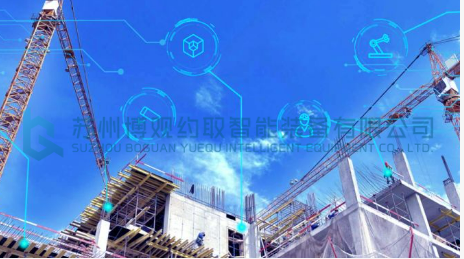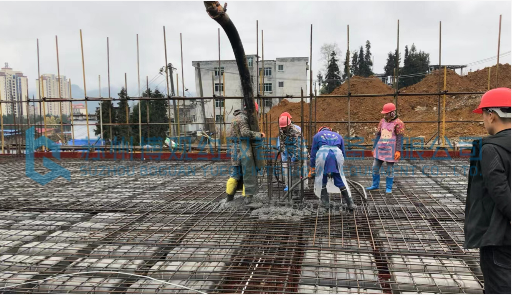
The concrete hollow floor removes part of the concrete that has little impact on the flexural and shear resistance of the slab. Therefore, its macroscopic force and failure characteristics are similar to those of a solid slab. However, due to the presence of cavities and slab ribs, the stress distribution at the micro level of the floor is significantly concentrated at key positions such as the four corners of the core tubes at wall-column supports and the protruding parts of frame columns, which requires strengthening measures. Generally, methods such as retaining a certain width of solid slab in the corresponding parts, extracting part of the hollow area to form a solid slab area, and adding steel mesh sheets can be adopted for strengthening.

When the internal membranes of the cast-in-place concrete hollow floor are evenly arranged, the internal force analysis of the slab can be carried out according to isotropy. When the internal membranes are thin-walled tubes, the elastic stiffness difference between the vertical and horizontal tube directions of the floor is less than 10% due to deformation coordination. However, the area of the concrete compression zone in the horizontal tube direction is relatively small, and the height of the compression zone is limited by the thickness of the top slab, resulting in weaker flexural capacity of the floor. Therefore, when the bending moment is large, compressive steel bars need to be configured in this direction.
www.szformwork.com
SUZHOU BOGUAN YUEOU INTELLIGENT EOUIPMENT CO., LTD